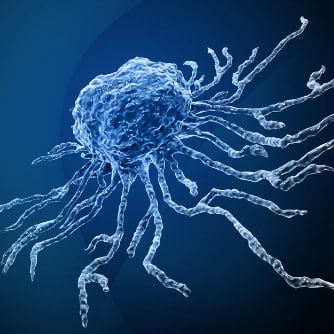Mary’s Story
In 1993, Mary, a 36-year-old artist, became ill while living on the island of Maui in Hawaii. At that time, Mary was living next to a sugar cane field where chemicals were used to destroy the crop. Six months after the chemicals were sprayed on the sugar cane field, Mary began experiencing symptoms of vomiting, blood in her stool, and paralysis of both her arms. Hundreds of nodule-like tumors also began to form on her arms, chest, and back area. Mary became so weak that she was no longer able to drive a car or care for herself. Local physicians were unable to provide Mary with a diagnosis. So, Mary left Hawaii and went to the UCLA Medical Center in Los Angeles, California. After six weeks of testing, Mary was finally diagnosed with a “rare blood cancer disease.” UCLA’s Neurological Oncology Department recommended Mary participate in a 6-month experimental research trial to help them better understand her condition. The cost for this trial was estimated to be $250,000.00 and Mary was told that her insurance would not cover it because it was “experimental.” She was also told that unless a conclusive diagnosis could be made she was not going to survive much longer.
Mary began looking for other options and found a surgeon in Santa Barbara, California who specialized in upper extremity problems. This surgeon believed Mary had a variant of neurofibromatosis adversely affecting her vascular system. While relatively rare, neurofibromatosis has been associated with vascular abnormalities.1,2 However, in Mary’s case, her nodules were composed not only of blood vessels but included myelin sheath and fatty tissue, they grew in clusters, and they were bound to nerves. Her surgeon estimated it would take at least 10 surgeries to remove all of her nodules. Mary agreed but then stopped her treatment after the sixth surgery because “I was getting no results and my arms still wouldn’t move.” She opted instead for an experimental surgery to move the ulnar and radial nerves out of the path of the nodules in both of her arms. After a 15-hour surgery, and being in an upper body cast for four months, Mary was finally able to wiggle her fingers. It still took another year of physical therapy for Mary to be able to hold a paintbrush again and, although she was seeing some progress with her upper extremity movements, she continued to be in constant pain.
Following her surgeries and physical therapy, Mary followed up with an oncologist San Luis Obispo, California, who diagnosed her with a “rare cancer” disease and began treating her pain. As part of her treatment, the oncologist recommended Mary travel to Germany where amino acids were being used for cancer patients. When Mary contacted the cancer clinic in Germany she was told that her treatment would require $60,000.00, a non-refundable down payment, and a promise that Mary would not sue for malpractice. Mary continued searching until she found a medical doctor who was using amino acids in Henderson, Nevada. In May of 2005, Mary went to the Royal Medical Clinic where she began a course of treatment that included amino acids, detoxification for environmental pollutants, and natural supplements. While there, an Elisa/Act blood test identified a sensitivity to 2,4-Dichlorophenoxyacetic acid, an herbicide that may have been used on the sugar cane field near where she was living in Hawaii. After 2½ years of treatments, Mary felt as though “I could live forever” and, in spite of still having some minor pain from her tumors, she then relocated to Lake Tahoe where she started a new life with her husband. For the next 8 years, Mary continued to live with her symptoms but they were “manageable.”
However, in 2015, Mary noticed that her health was beginning to decline again. New tumors began appearing, growing, and spreading. Her chronic pain was becoming more severe and began “taking over my body again.” Pain in her arms was causing her to drop objects and her hands were “locking up.” In June 2016, Mary returned to the Royal Medical Clinic where she received an autologous stem cell treatment. Within 48 hours of receiving the stem cell treatment, Mary’s tumors began to soften, her pain left, and “a golf-ball size tumor on my right arm completely disappeared.”3 Mary now wakes up in the morning without any pain. Her tumors continue to soften and shrink. “The flexibility in my arms is beyond anything I thought I would be able to experience again during my lifetime,” said Mary. “”he only way I can explain it, is that it feels like I woke up from a very bad dream that I was in for 23 years. I now feel like I am 36 years old again.”
Comments
The foregoing success story demonstrates how the clinical application of a patient’s own naturally-occurring adult stem cells can be used to improve a patient’s health when conventional medicine has failed and all other all other options have been exhausted. In Mary’s case, pluripotent stem cells were obtained from her own peripheral blood and then returned to her via intravenous infusion and intranasal inhalation. As more physicians implement the use of such adult stem cells obtained from the autologous blood of their patients we can validate other clinical uses for adult stem cells. This, in turn, will help us understand how to better use such stem cells for other medical conditions that are non-responsive to traditional treatments.
by Daniel F. Royal, DO, HMD, JD
Turtle Healing Band Clinic, Las Vegas, NV




